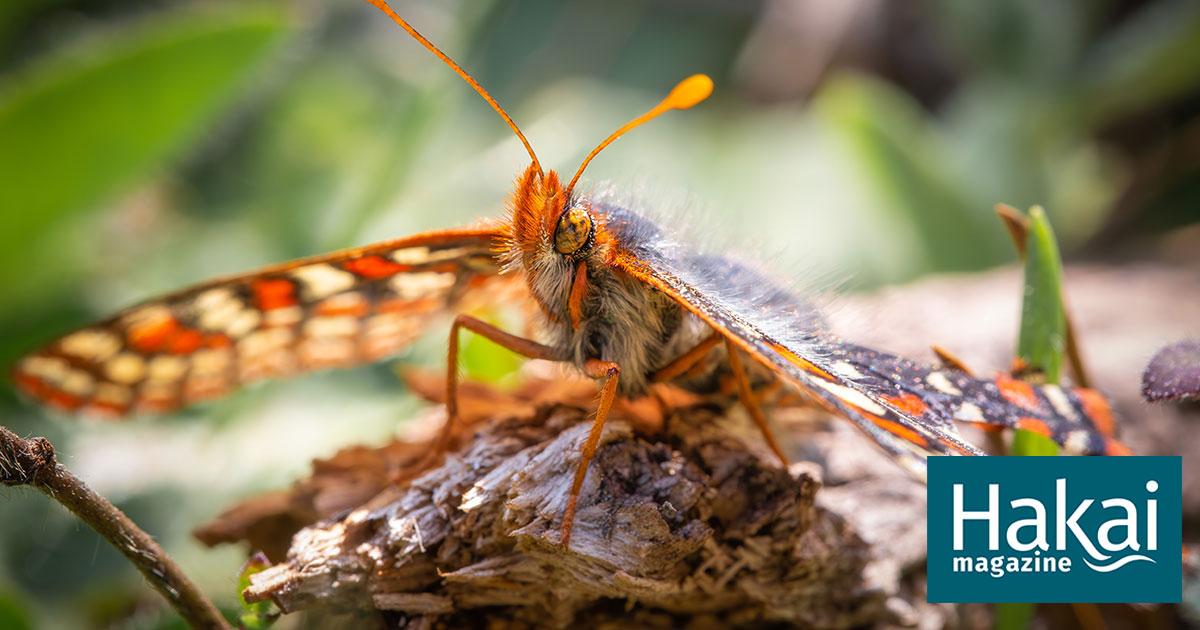maaliskuu 2024
2024-03-14 @ 19.10.52 ∈ In English
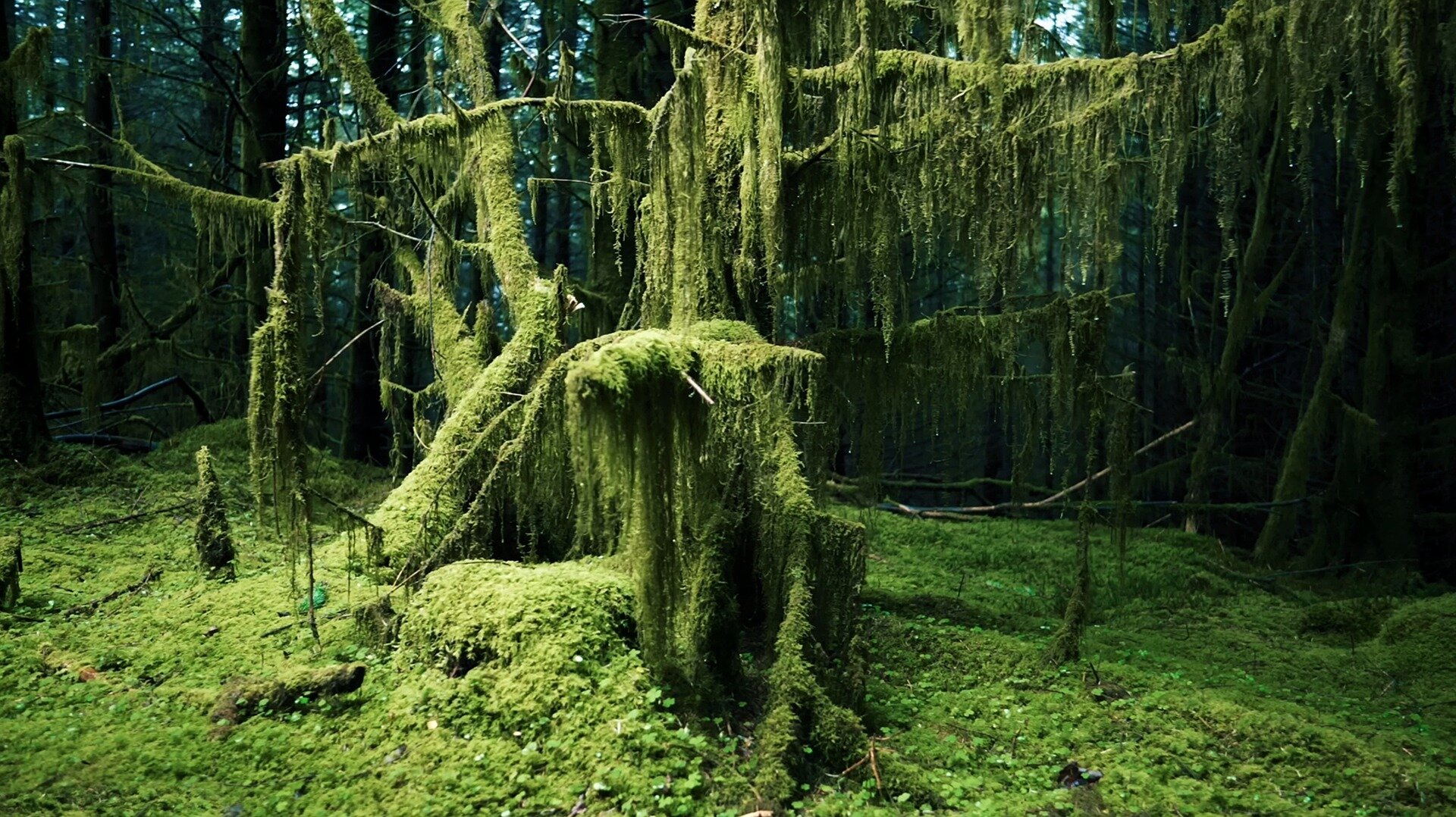
Researchers: Sweden has vast ‘old growth’ forests, but they are being chopped down faster than the Amazon
Most of Europe’s natural ecosystems have been lost over the centuries. However, a sizeable amount of natural old forest still exists, especially in the north. These “old-growth” forests are exceptionally valuable as they tend to host more species, store more carbon, and are more resilient to environmental change.
2024-03-13 @ 17.01.30 ∈ Suomeksi
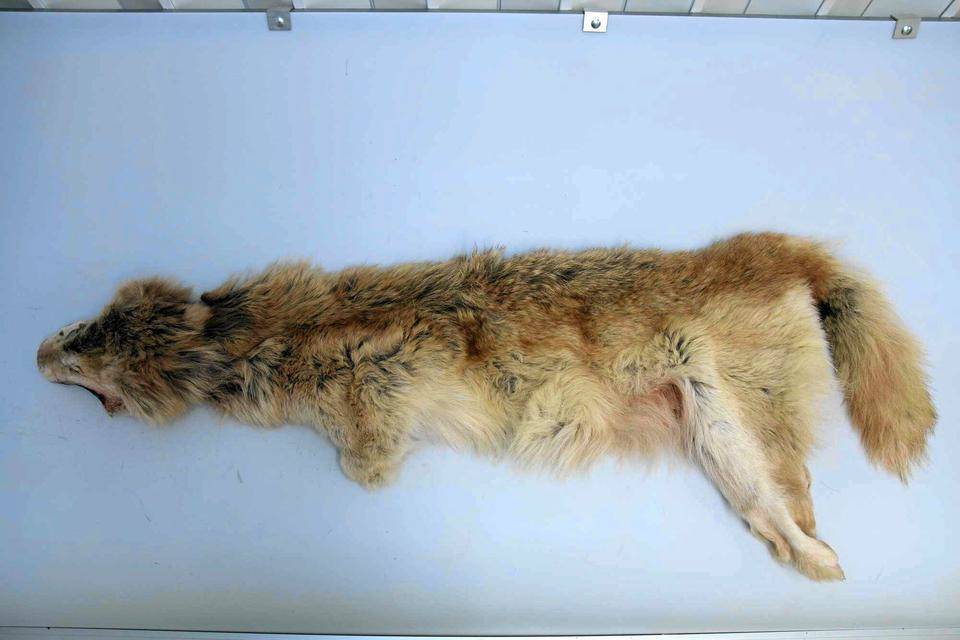
Uutisanalyysi: Salametsästys ei ole kannanotto petopolitiikkaan, vaan tahallisia tekoja, joista voi tulla kallis lasku
Salametsästyksessä ei ole kyse petopolitiikan onnistumisesta tai epäonnistumisesta eikä ole tutkimusta, joka osoittaisi suurpetojen kannanhoidollisen metsästyksen sallimisen tai lisäämisen lopettavan salametsästystä. Susikeskustelu on monille identiteettipolitiikkaa, jossa ei ole faktoilla väliä.
2024-03-12 @ 16.07.01 ∈ Suomeksi
2024-03-12 @ 15.27.41 ∈ In English
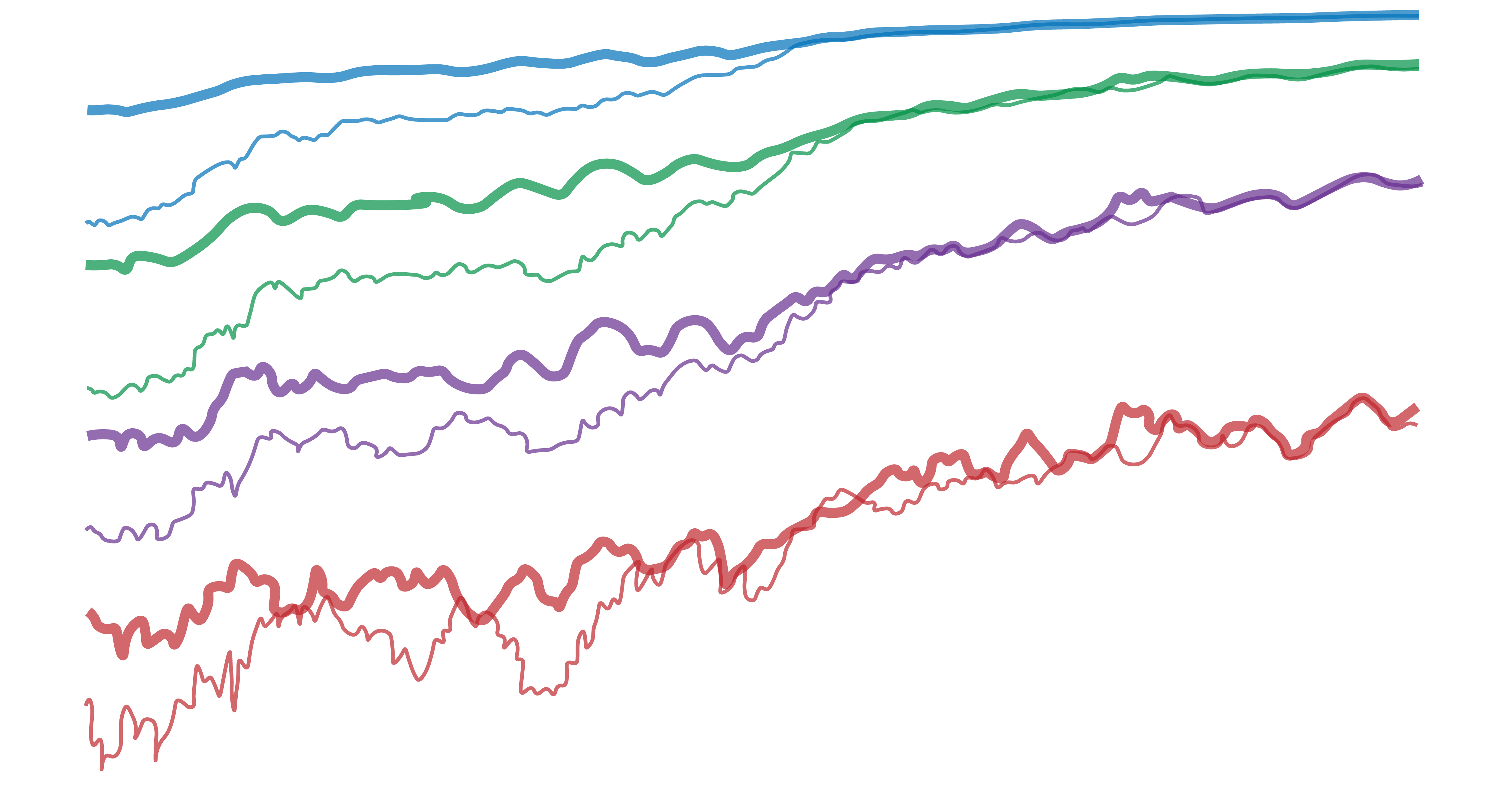
Weather forecasts have become much more accurate; we now need to make them available to everyone
The biggest improvements we’ve seen are for longer timeframes. By the early 2000s, 5-day forecasts were “highly accurate” and 7-day forecasts are reaching that threshold today. 10-day forecasts aren’t quite there yet but are getting better.
2024-03-12 @ 14.46.14 ∈ Suomeksi
2024-03-12 @ 12.22.29 ∈ In English
For easy, browser-accessible examples,Sketchfab has a listing.

Scientists CT scanned thousands of natural history specimens, which you can access for free
Natural history museums have entered a new stage of scientific discovery and accessibility with the completion of openVertebrate (oVert), a six-year collaborative project among 18 institutions to create 3D reconstructions of vertebrate specimens and make them freely available online.
2024-03-11 @ 19.02.21 ∈ In English
2024-03-08 @ 18.24.38 ∈ In English
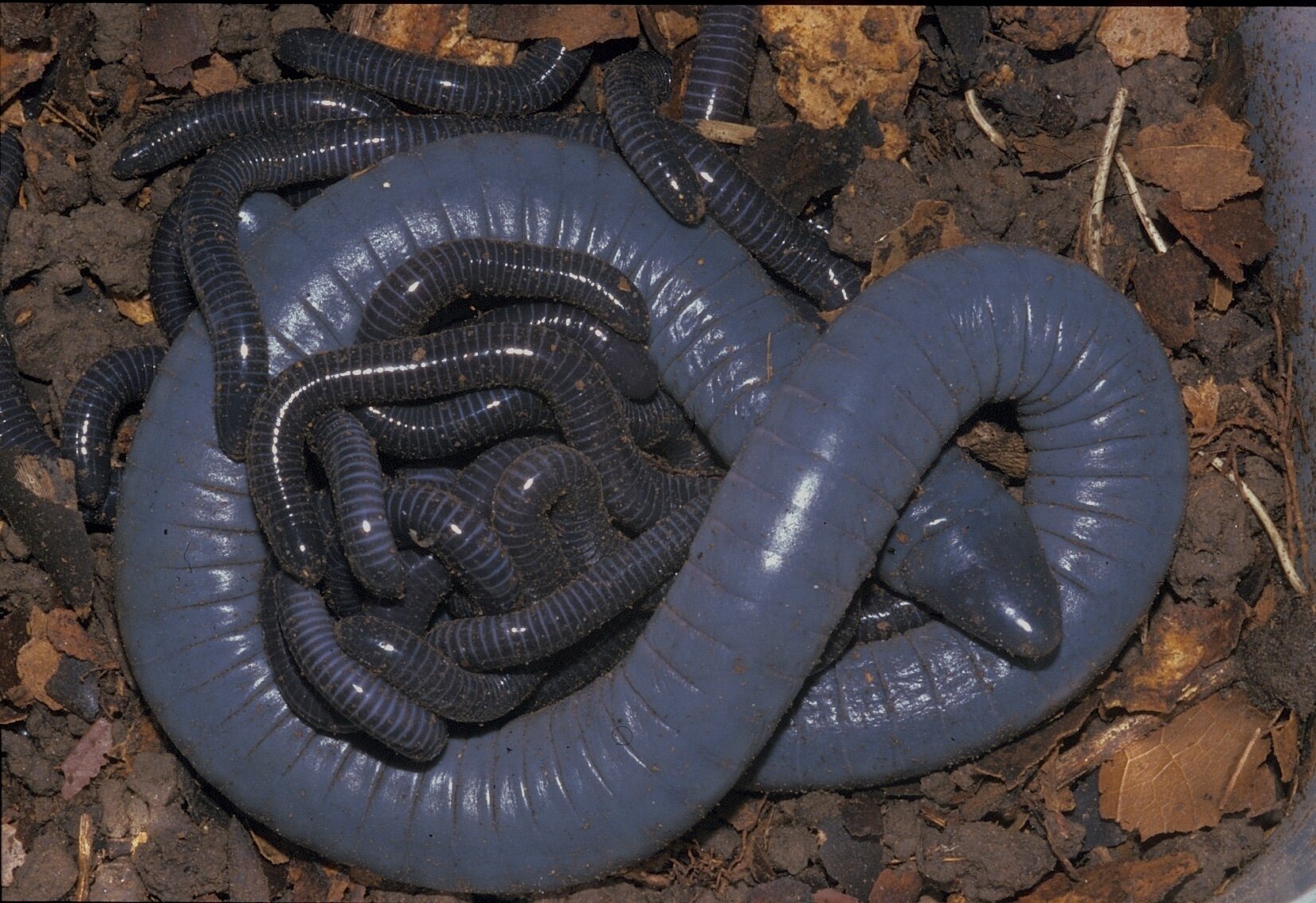
Egg-laying caecilian amphibians produce milk for their young, find scientists
The research team observed that the young of the Brazilian caecilian Siphonops annulatus consumed milk for over two months, which appears to be secreted in response to tactile and acoustic stimulation from the mother's cloaca. The milk consists mainly of fats and carbohydrates and is produced in the glands of the female's oviduct.



